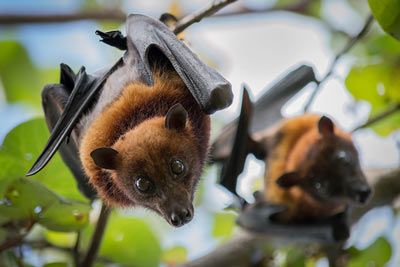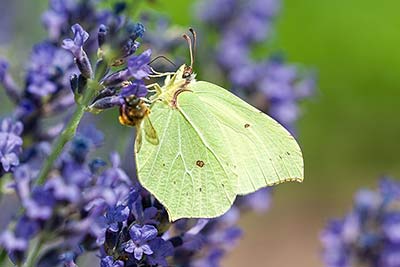Lynx
Lynx Facts
| Size | Up to 29.5 inch (75 cm) (shoulder height) |
| Speed | Unknown |
| Weight | Up to 83 lb (38 kg) |
| Lifespan | 12-20 years |
| Food | Mammals, birds |
| Predators | Wolves, bears, coyotes |
| Habitat | Europe, Asia, North America (Alaska, Canada), Mexiko |
| Order | Carnivore |
| Family | Cats |
| Scientific name | Lynx lynx |
| Characteristics | Ear tufts, whiskers, short tail |
Main Characteristics
Lynxes are big cats. From a scientific point of view, lynxes are categorized as felinae, a subfamily of the cat family, which mainly includes small to medium-sized cats such as cheetahs, pumas, ocelots, servals and fishing cats. But with a shoulder height of 29.5 inch (75 cm) they are not really small. In fact, they are the biggest European wild cats. Lynxes inhabit forests, deserts, tundra regions, wetlands, rocky regions, scrubland and grasslands. They swim and climb very well.
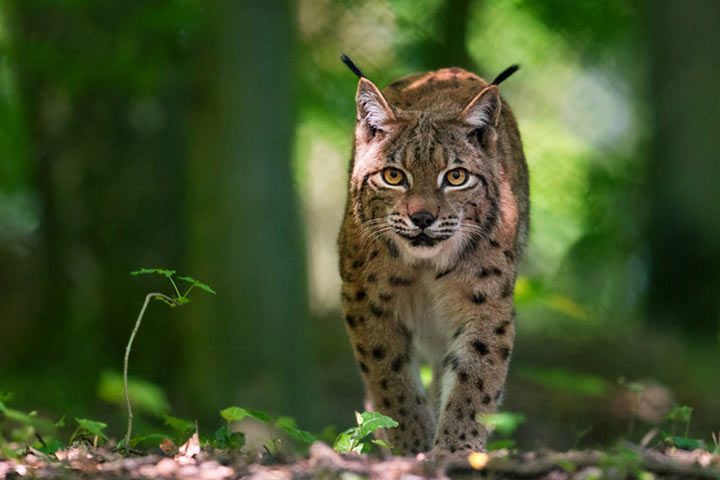
Species
There are four species of lynx: the Canadian Lynx, the Eurasian Lynx, the Iberian Lynx and the Bobcat.
Distribution and Habitat
Today it is something very special to meet a lynx. It is a noble big cat with its fine ear tufts, bushy whiskers and big paws! In former times, the lynx was rather common in Europe. Yet, because people considered it to be a cattle thief, the lynx was hunted down and soon disappeared. Meanwhile, the lynxes have returned to the Bavarian Forest (Germany).
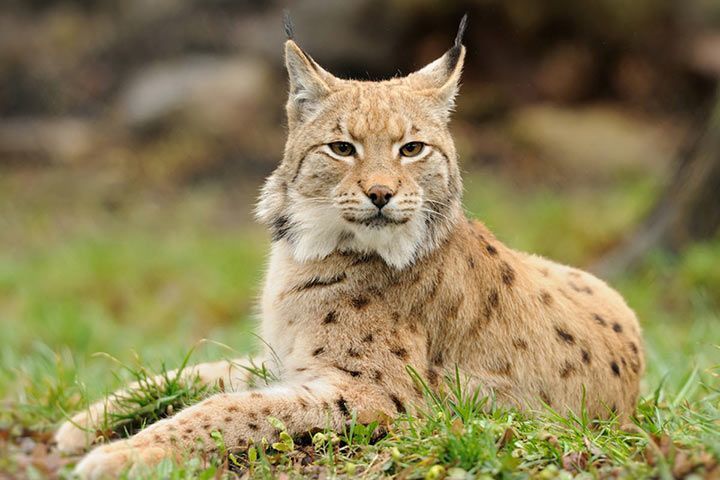
Anatomy and Appearance
Ear Tufts
Vanity is sure not the reason for the lynx’s extraordinary ear tufts. They serve as hearing aids. The lynx can move them like small antennas in all directions in order to better perceive sounds with his ears.
Whiskers
The lynx can ruffle its whiskers, but we do not know yet why it does this. It is assumed that this enables him to better perceive sounds.
Snow Shoes
The lynx has big, furry paws. When it walks across the snow, it spreads its toes. This makes the surface of its paws even larger so that the lynx hardly sinks into the snow.
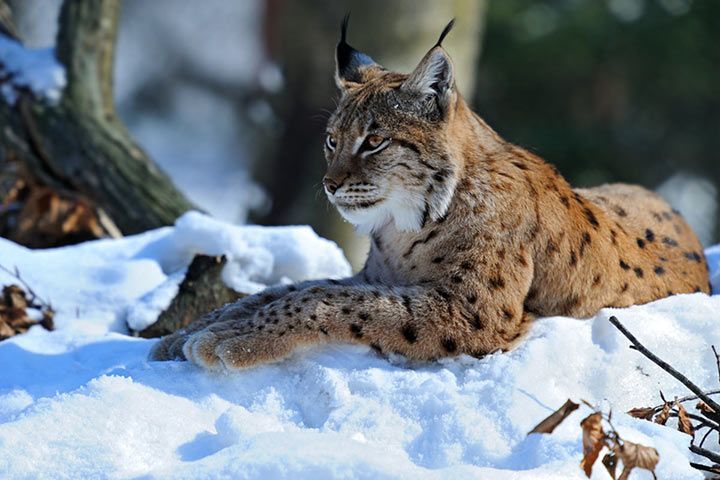
Diet
Lynxes hunt almost all mammals and birds, such as mice, marmots, foxes, martens, and wild boars. Yet, they mostly focus on deer. The Siberian lynx is well known for hunting prey that is twice as large as itself. If there is a chance, it even kills reindeer.
Enemies and Threats
Are Lynxes Dangerous?
No. Lynxes avoid people. It's the other way around. Humans mean a threat to lynxes. The animals lose their habitats due to agriculture and building streets and rails. They are being hunted for their fur, too. The Pardell lynx is even considered a endangered species.

Fun Facts
What Is the Meaning of the Name Lynx?
The term "lynx" originates from the Greek word for "light". It refers to the eyes of the animal, which are gleaming nicely at night. They are golden-yellow, yellow-brown or ochre-brown and the lynx’s most important hunting tool. Its eyesight is about six times better than ours.
The Lynx Is Related To:
- Cheetah
- Cougar
- Ocelot
Animals in the Same Biome:
- Find Out More:
- Animals with an Amazing Sense of Hearing

















